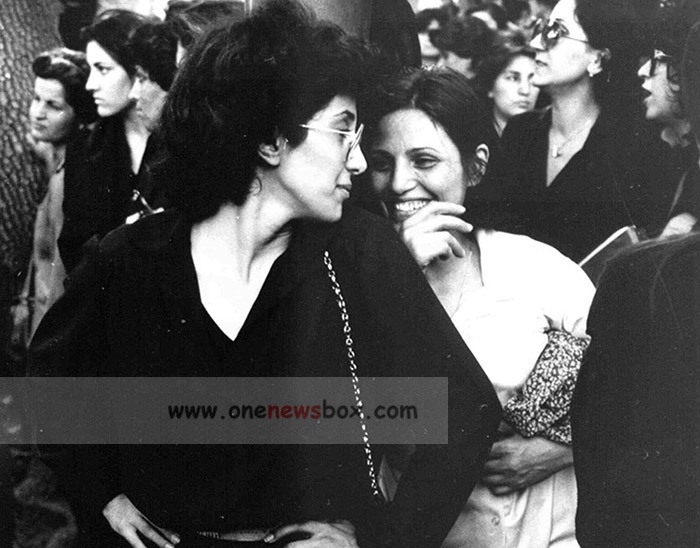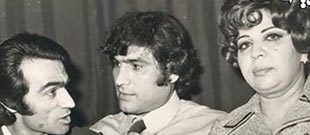After the Islamic Revolution and founding of the Islamic Republic, the Kashf-e hijab was reversed. Instead of prohibiting veils, the law now required them, a process that worked in stages.In spring of 1979 (shortly after the overthrow), leader of the revolution Ayatollah Ruhollah Khomeini announced that women should observe Islamic dress code.
He was supported in his by the conservative/traditionalists fraction of the revolutionaries who were hostile to unveiled women, as expressed in two slogans used during this time: “Wear a veil, or we will punch your head” and “Death to the unveiled”.

